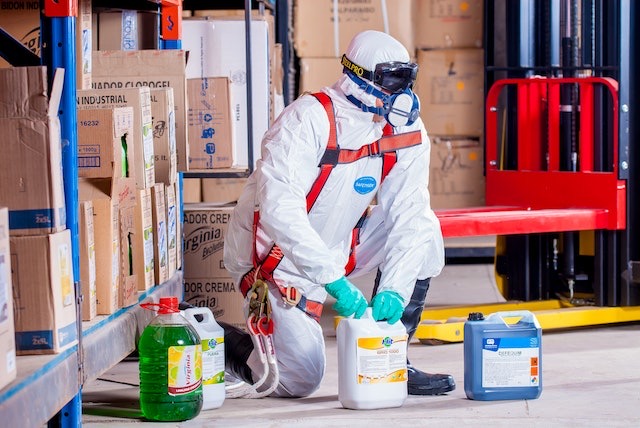In recent years, the rapid advancement of technology has propelled the global chip industry to new heights. However, behind the scenes, concerns are growing about the use of potentially hazardous chemicals in the manufacturing process. As governments and environmental organizations intensify their scrutiny, the chip industry finds itself at a crossroads, facing the challenge of ensuring both technological progress and environmental sustainability.
I. The Chemical Conundrum:
The production of microchips heavily relies on a range of chemicals, some of which pose significant environmental and health risks. These chemicals, including solvents, etchants, and photoresists, are integral to the complex manufacturing processes involved in chip fabrication. However, their potential impact on human health and the environment is causing alarm bells to ring.
II. Environmental and Health Concerns:
Environmentalists and researchers have raised concerns about the release of toxic chemicals into the air and water during the manufacturing process. Some chemicals, such as perfluorinated compounds and volatile organic compounds, are known to persist in the environment and have been linked to health issues, including respiratory problems and developmental disorders.
Moreover, the disposal of waste materials containing these chemicals has been a growing concern. Improper disposal methods can lead to soil and water contamination, posing risks to nearby communities and ecosystems.
III. Government Regulations and Industry Response:
Recognizing the gravity of the situation, governments around the world are taking action to address the use and disposal of hazardous chemicals in the chip industry. Regulatory bodies are tightening restrictions, imposing stricter emission limits, and mandating the adoption of greener alternatives.
Leading chip manufacturers have also started taking steps to reduce their environmental footprint. Some companies have committed to using less toxic chemicals, exploring cleaner production techniques, and investing in research and development for sustainable chip manufacturing.
IV. Technological Innovation as the Way Forward:
The crackdown on risky chemicals is not only driven by regulatory pressure but also by the industry’s recognition of the need for long-term sustainability. Researchers and scientists are actively working on developing safer alternatives to replace hazardous chemicals in chip production.
Emerging technologies such as green solvents, bio-based photoresists, and environmentally friendly etching agents are showing promise in achieving this objective. However, these alternatives must also meet the high standards of chip manufacturing in terms of performance and cost-effectiveness.
V. Balancing Act: Technological Progress vs. Environmental Impact
As the chip industry continues to push the boundaries of innovation, finding a delicate balance between technological progress and environmental responsibility is paramount. Stakeholders, including chip manufacturers, regulators, and environmental advocates, must collaborate to ensure the industry’s sustainability without hampering its growth.
Conclusion:
The chip industry is confronting the challenge of addressing the use of risky chemicals in its manufacturing processes. With the growing awareness of environmental and health concerns, stricter regulations, and a shift toward sustainable practices, the industry must adapt to ensure its long-term viability. By embracing technological innovation and collaboration, the chip industry can pave the way for a greener and more sustainable future, safeguarding both our technological advancements and the planet we call home.
Disclaimer: The opinions expressed in this article are solely those of the author and do not reflect the views of the publication or its affiliates.











